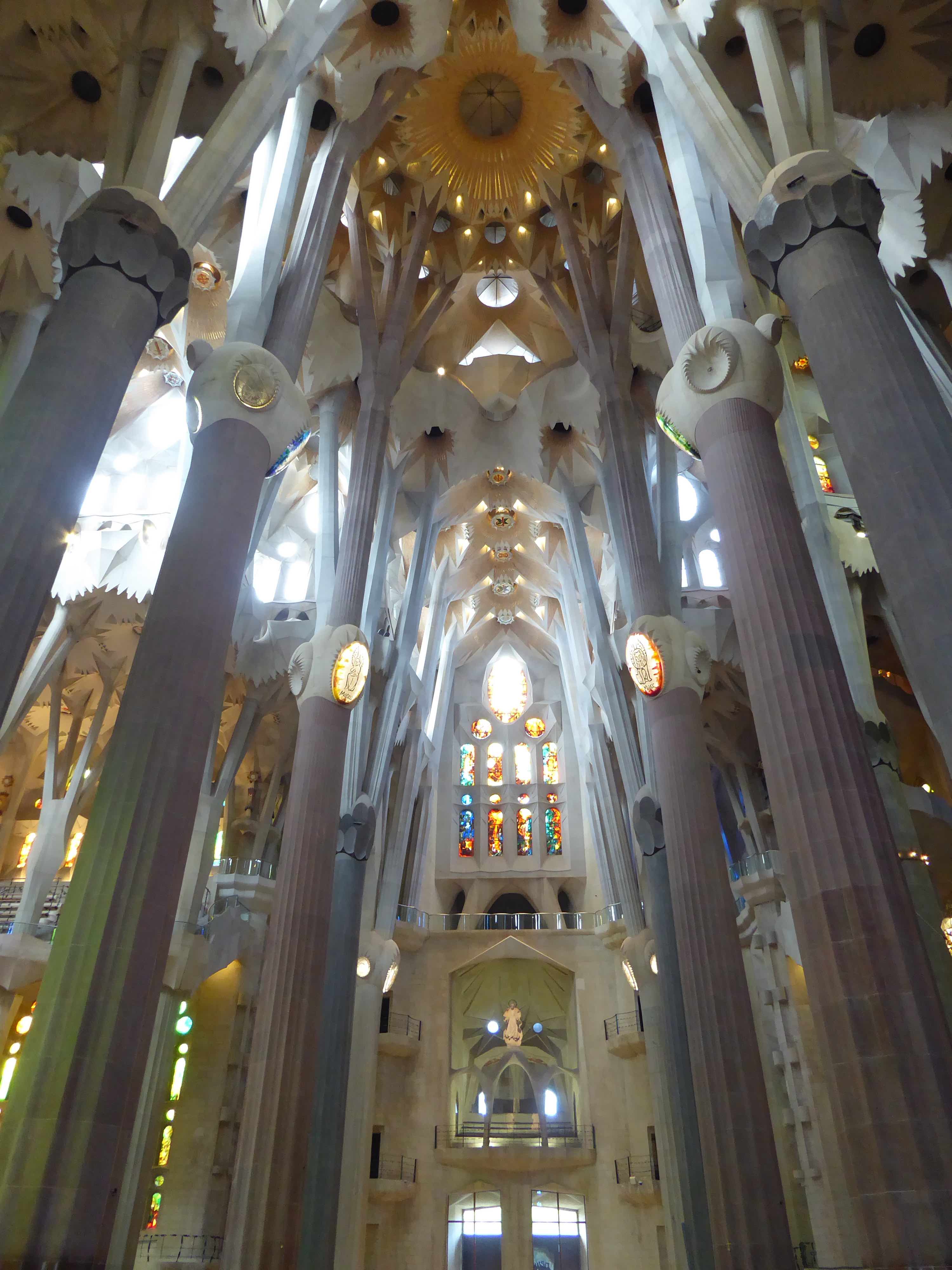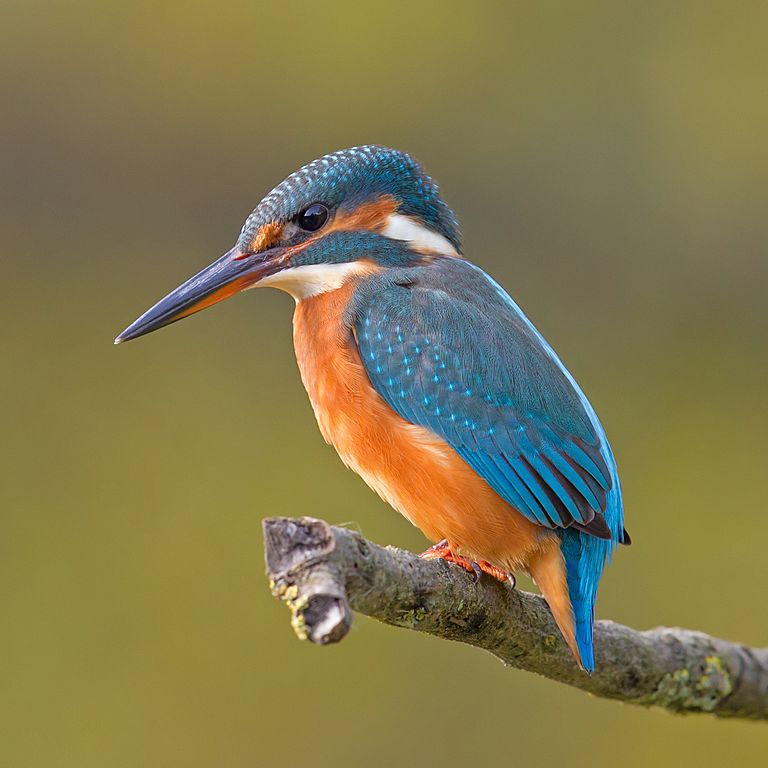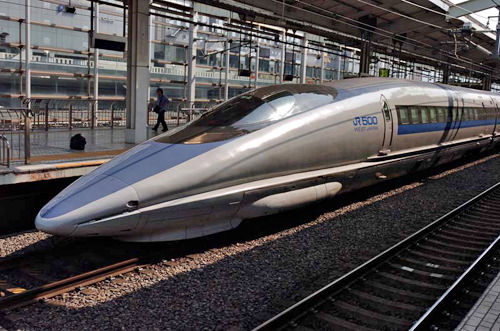|
Full Orchestra
String Orchestra
Wind Ensemble
Vocal
Chamber
Solo Instrumental
|
 Biomimicry refers to the imitation of nature to enhance our man-made technology. We have been doing this in various manners for centuries, from creating umbrellas shaped like lotus leaves to Da Vinci’s bird-like design for his flying machine to the invention of Velcro in the 1950s based on the hooked structure of burs. Learning from nature allows us to take advantage of millennia of evolution to create more efficient and sustainable technologies.
Biomimicry refers to the imitation of nature to enhance our man-made technology. We have been doing this in various manners for centuries, from creating umbrellas shaped like lotus leaves to Da Vinci’s bird-like design for his flying machine to the invention of Velcro in the 1950s based on the hooked structure of burs. Learning from nature allows us to take advantage of millennia of evolution to create more efficient and sustainable technologies.
The first movement, La Sagrada Familia (pictured to the right), is inspired by the famous cathedral in Barcelona, designed by architect Antoni Gaudí. He was finely attuned to the structures that he found in nature and believed that these structures represented the perfection of God the architect. When one enters the cathedral, they are struck by the bright colors and openness of the interior, under a roof supported by rounded and forking columns. Gaudí realized that imitating the structure of tree branches splitting away from the trunk was an incredibly robust way to hold up the roof, allowing for a more spacious interior than the typical gothic cathedrals that can be found throughout Europe. In a similar manner, the music begins at the foundation, with the whole ensemble playing a loud declamatory melody in unison. A quarter of the way through the movement, the unison splits into two parts, and half way through, it splits into four parts, gradually calming as the texture spreads apart. At roughly three quarters of the way through, the texture splits into 8 parts to create a complex web of sound. These 8 parts begin to imitate each other and coalesce, climactically joining into a unison to bring the form full circle.
In the mid 2000s, scientists researching the fins of humpback whales noticed a peculiar characteristic. There were a number of bumps, called tubercles, on the leading edge of these whales’ fins, and they realized that this allowed the whales to be extraordinarily agile in the water despite their size. A company called WhalePower applied this discovery to the blades of wind turbines, and the increased aerodynamic shape increased their efficiency and allowed for power generation even when the wind was not strong. After living in and driving around the Midwest for about a third of my life, I am very familiar with the vast wind farms that dot the landscape. The slowly rotating blades are mesmerizing. This movement, Cetacean Energy (which literally translates to energy of the whales), features muted brass swells and a slowly building chord progression that are inspired by the gracefulness of both wind turbines and swimming humpback whales. The oboe, then the piccolo, and finally the trombone take turns playing a melody on top of this undulating texture.
When an early model of the Japanese high-speed train would go through a tunnel, it would create a loud boom when it emerged on the other side, disturbing anyone who lived nearby. To solve this problem, engineers turned to the kingfisher bird. These incredible birds find fish by diving straight into the water, but they barely make a splash despite their high velocity. In the 1990s, when the fronts of the trains were redesigned to be shaped like the kingfisher’s beak, not only were they suddenly much quieter, but the trains also ran much faster and more efficiently. This movement begins playfully with a repeated 5-note motive as the woodwinds imitate kingfishers darting through the air. With increasing frequency, the woodwinds gather into a rapid swooping descent, setting off the low brass into a rising chord progression. As the chord progression returns a number of times, it becomes more and more compressed, until in an explosion of energy, the texture changes to a continuous wash of sound. No longer representing birds, the woodwinds now represent the wind aerodynamically flowing past the bullet train as it streaks across the landscape at nearly 200 miles per hour.
Biomimicry was commissioned by Nomad Session. The saxophone octet version was transcribed by the composer. This work is published by Murphy Music Press and Roger Zare Music. To purchase, see the links at the bottom of this page.

 Duration: ca. 16'
Duration: ca. 16'
Wind octet instrumentation:
- Flute/Piccolo, Oboe, Clarinet/Bass Clarinet, Bassoon
- French Horn, Trumpet, Trombone, Tuba
Saxophone octet instrumentation:
- 2 Soprano Saxophones in B flat
- 2 Alto Saxophones in E flat
- 2 Tenor Saxophones in B flat
- 2 Baritone Saxophones in E flat
OR:
- 2 Soprano Saxophones in B flat
- 2 Alto Saxophones in E flat
- 2 Tenor Saxophones in B flat
- 1 Baritone Saxophone in E flat
- 1 Bass Saxophone in B flat
|

 Biomimicry refers to the imitation of nature to enhance our man-made technology. We have been doing this in various manners for centuries, from creating umbrellas shaped like lotus leaves to Da Vinci’s bird-like design for his flying machine to the invention of Velcro in the 1950s based on the hooked structure of burs. Learning from nature allows us to take advantage of millennia of evolution to create more efficient and sustainable technologies.
Biomimicry refers to the imitation of nature to enhance our man-made technology. We have been doing this in various manners for centuries, from creating umbrellas shaped like lotus leaves to Da Vinci’s bird-like design for his flying machine to the invention of Velcro in the 1950s based on the hooked structure of burs. Learning from nature allows us to take advantage of millennia of evolution to create more efficient and sustainable technologies.

